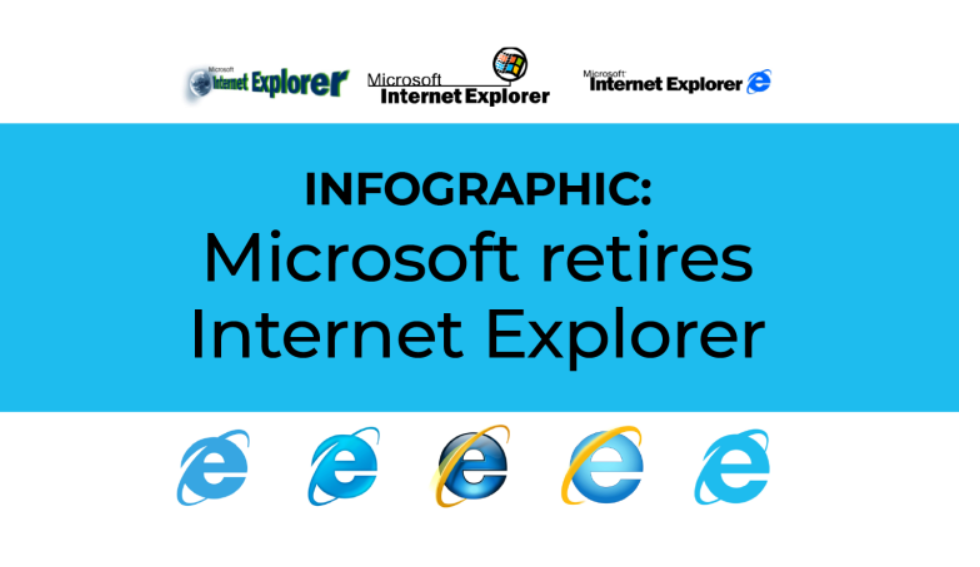Microsoft is officially ending support for its iconic web browser, Internet Explorer, today – June 15, 2022.
Internet Explorer, also known as IE or MSIE, was first released in 1995 as part of an add-on package for Windows 95 – the first Windows with the infamous “start” button.
From 1995 to 2013, the multibillion-dollar software company released 11 versions of its web-browsing software – for many in the world it was the first introduction to the world wide web.
Its last version was Internet Explorer 11, released in 2013 before being replaced by Microsoft Edge.
For most of the early 2000s, Internet Explorer was the most widely used web browser, reaching a peak of about 95 percent market share by 2003.
One of the reasons for Internet Explorer’s epic rise was that it was the default web browser in Microsoft’s Windows operating system, allowing it to win the first browser war against rival Netscape Navigator.
Its usage share has since declined with the launch of Firefox (2002) and Google Chrome (2008). Internet Explorer’s market share fell below 50 percent in 2010, and in 2012, Google Chrome overtook Internet Explorer as the world’s most used web browser. As of the start of 2022, Internet Explorer users made up less than one percent of web users across all platforms according to StatCounter.
In nearly every country around the world, Google Chrome is the most widely used browser, according to StatCounter.
Apple’s Safari browser is the world’s second most popular browser at about 19 percent, followed by Firefox at about four percent.
For those wishing to hold onto Internet Explorer a bit longer, in a technical FAQ, Microsoft noted that it will only phase out Internet Explorer on Windows 10 20H2 and later. Unaffected operating systems will include Windows 8.1, Windows 7 Extended Security Updates and some versions of Windows 10 Server.
All other current users, individuals or companies are urged to migrate their systems and websites to Microsoft Edge or another browser. Some businesses might use legacy apps or websites that are only compatible with Internet Explorer. While Edge has an IE mode, these apps and sites might not work as expected.

